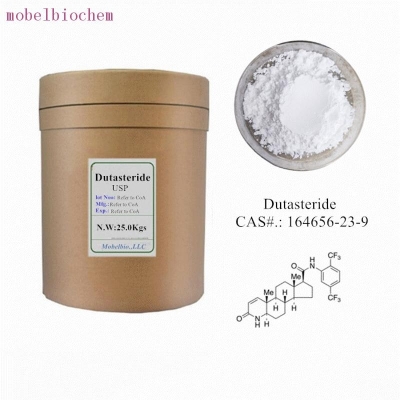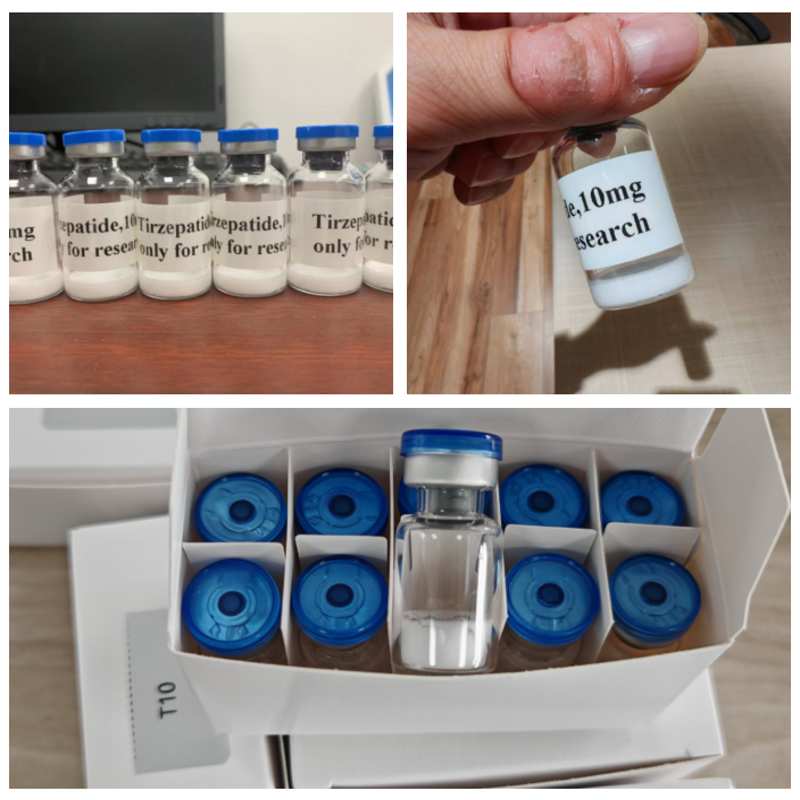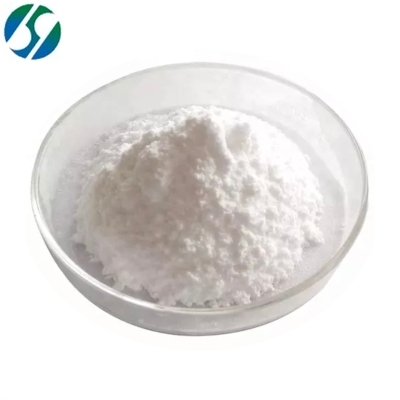-
Categories
-
Pharmaceutical Intermediates
-
Active Pharmaceutical Ingredients
-
Food Additives
- Industrial Coatings
- Agrochemicals
- Dyes and Pigments
- Surfactant
- Flavors and Fragrances
- Chemical Reagents
- Catalyst and Auxiliary
- Natural Products
- Inorganic Chemistry
-
Organic Chemistry
-
Biochemical Engineering
- Analytical Chemistry
-
Cosmetic Ingredient
- Water Treatment Chemical
-
Pharmaceutical Intermediates
Promotion
ECHEMI Mall
Wholesale
Weekly Price
Exhibition
News
-
Trade Service
Background: Diabetes mellitus (DM) remains a major global health problem, and diabetic peripheral neuropathy (DPN) is the most common cause of
peripheral neuropathy worldwide.
According to consensus, DPN is defined as a symmetrical, length-dependent sensorimotor polyneuropathy caused by
metabolic and small vessel alterations caused by hyperglycemia and the long-term effects of metabolic abnormalities.
Nearly half of DM patients have DPN, and 1-2 out of 10 patients with DPN are severely ill and require treatment
.
Diabetes is undoubtedly one of
the most challenging health issues facing Saudi Arabia.
Saudi Arabia's Ministry of Health estimates that the number of people diagnosed with diabetes increased from about 900,000 in 1992 to 2.
5 million in 2010, with the incidence increasing nearly threefold
in less than 20 years.
A meta-analysis of a recent observational study in Saudi Arabia reported that the prevalence of type 2 diabetes, type 1 diabetes, and overall point point was 20.
9%, 0.
9%, and 12.
6%,
respectively.
Diabetes is associated with
morbidity and mortality of public health significance.
Diabetes-related complications are a growing concern
among some Arab populations.
Among the many complications of DM is the DPN, a common microvascular complication that carries the risk of
ulceration and amputation.
This places a significant financial burden
on diabetes treatment.
Globally, diabetic nephropathy imposes a significant economic burden
on people with diabetes and national health care systems.
In the United States, the annual cost of treating DPN and its related complications for DM patients is estimated at $10.
91 billion
.
Diabetic foot is a common complication of DPN, with care for diabetic foot accounting for about 0.
6%
of NHS spending in 2010-2011.
Despite the lack of data on the total cost of treatment for diabetics in Saudi Arabia, the national health burden of diabetes is estimated to exceed $870 million
, excluding indirect costs.
As a result, DPN makes a significant contribution
to health spending in Saudi Arabia and worldwide.
Therefore, understanding the scale of DPNs in order to provide a policy basis for controlling the large health expenditures of DPNs is both a country-specific issue and a global concern
.
There is considerable variability in the prevalence of DPN reported in previous studies
.
Estimated DPN severity included 56.
2% in Yemen, 48.
1% in Sri Lanka, 46% in Africa, 39.
5% in Jordan, 29.
2% in India, 8.
4% in China, 20% in France, and 11-25%
in the United States.
One systematic review on painful DPN reported a point prevalence of 43.
2%, although the review included only one study
from Saudi Arabia.
Objective: Therefore, the aim of this study is to systematically assess the severity of DPN in diabetics in Saudi Arabia in order to inform policy-makers when implementing appropriate prevention and treatment strategies for DPN
.
Methods: The system searched PubMed, Google Scholar, African Journals Online, Scopus, Web of Science, Embase and Wiley Online Library to obtain relevant articles
by preset criteria.
We assessed heterogeneity and publication bias and estimated the overall prevalence
of DPN from included studies using a random-effects model.
When conducting meta-analyses, we followed guidelines for preferred reporting items for systematic reviews and meta-analyses
.
Analysis
using STATA Version 12 software.
Results: A total of 4,556 patients with DM were included in 12 studies, of whom 2,081 were identified as patients with DPN, for inclusion in the meta-analysis
.
The overall prevalence of DPN was 39% (95% CI 30% to 49%).
Subgroup analysis based on diagnostic methods showed an estimated prevalence of 48% (95% CI [46% to 50%]) and 40% (95% CI: [38% to 42%]) using screening questionnaires and clinical examination, respectively, compared with 26% (95% CI [15% to 36%])
using nerve conduction studies.
Table 1 shows the characteristics of the included studies
Figure 1 Forest plot included in the meta-analysis with a total prevalence of DPN in Saudi Arabia of 39%.
Figure 2 Funnel plot showing graphical representation of publication bias, using funnel plots from included studies (A) and using pruning fill (B)
Figure 3 Forest plot showing diagnostic methods for subpopulation prevalence estimation
Figure 4 A meta-regression plot showing trends in DPN prevalence over many years
Conclusions: This study shows that the prevalence of DPN in Saudi Arabia is high (39%), so sustained efforts are needed to reduce the prevalence of diabetes and DPN in the country
.
Owolabi LF, Alghamdi M, Adamu B, et al.
Magnitude of diabetic peripheral neuropathy in Saudi Arabia: a systematic review and meta-analysis BMC Endocr Disord 2022 Nov 02; 22(1)







